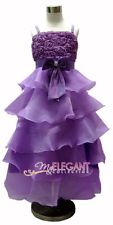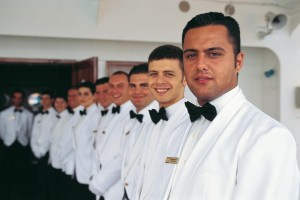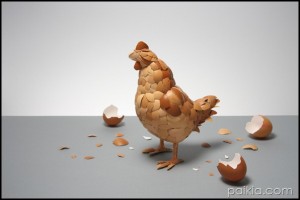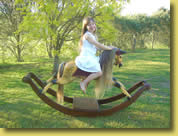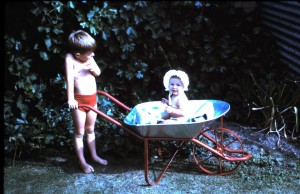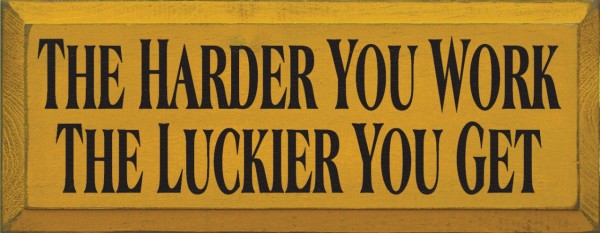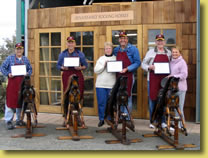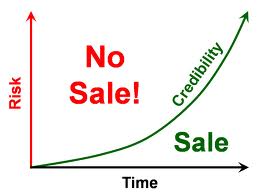 Your credibility is very important to prospective customers. Many times your actual expertise is irrelevant and your success rests on your ability to prove your credibility. Your customers must believe you have the ability to provide the desired product or service.
Your credibility is very important to prospective customers. Many times your actual expertise is irrelevant and your success rests on your ability to prove your credibility. Your customers must believe you have the ability to provide the desired product or service.
Assuming you do have skills or product required to do the job, the following will give you a credibility refresher.
The thesaurus uses words like” belief, credence, credit, assurance, faith, trust, truth, confidence, presumption, dependence and reliance” to define credibility. A customer considering your product or service is taking a risk and therefore must believe you can satisfy their needs before they will move forward or have an appreciation of the value your price offers.
The Basics of Visible Credibility
Physical demonstrations of credibility include maintaining an image which is credible means that your physical office/store space must be reflective of success in your chosen occupation. Tatty and worn furniture or carpet, a dated equipment, decor, dirty windows or bathrooms and an unswept entry do not inspire confidence when your prospect arrives at your business premises.
Equally, your vehicle – if you take clients in your car and your and your staff’s dress, grooming and manner are also instrumental in building credibilty in your ability to deliver. More subtle, but equally important is the display of your qualifications, diplomas, degrees and certifications in your reception or office. There is no doubt that press and magazine clippings with articles and pictures of you shown in a positive light are extremely impressive. We are well aware of the inherit credibility given someone or something if it is in print.
Credibility Built Offline Feeds Credibility Online
With the internet has come the need to broaden your credibility footprint in cyberspace. Today, a small business without a website is not considered a really serious business. A website that looks professional, reflects your business brand effectively and stands out among your competitors is a matter of basic business survival today and can be acheived without huge expense.
The clippings you get from the magazines and newspapers can be rendered as pdf’s on your website, you can write up stories on conference you attended to keep your skills current, your own public speaking, charity and other activities. You can write or video a blog and publish it via your Twitter, Facebook, LinkedIn or YouTube profile.You can set up groups, webinars, discussions and guest blog for other bloggers. You can produce and send an email newsletter to your clients and prospective clients. You can write a hard or soft copy book and sell it or give it away to qualified prospects/clients online or offline. There are a myriad of platforms in which to build your online credibility and translate you offline credibility activities to the online world.
Check out my video on How to Maximise Your PR Pings here.

